How to Open Lit Files
Part 1 of 2:
Removing DRM
-
 Understand the process. LIT files are a form of eBook that is no longer supported. It was developed by Microsoft for use with the Microsoft Reader program. Its use was discontinued in 2012 and the Microsoft Reader program is no longer available for download. You'll want to convert them to a friendlier format that is supported by all your devices. Installing an old version of Microsoft Reader would only let you to view the LIT files on your current computer. Converting the files will allow you to transfer them to any of your devices, including an iPad or Kindle. It will also make it easier to open them on your computer in a modern eBook reader.[1]
Understand the process. LIT files are a form of eBook that is no longer supported. It was developed by Microsoft for use with the Microsoft Reader program. Its use was discontinued in 2012 and the Microsoft Reader program is no longer available for download. You'll want to convert them to a friendlier format that is supported by all your devices. Installing an old version of Microsoft Reader would only let you to view the LIT files on your current computer. Converting the files will allow you to transfer them to any of your devices, including an iPad or Kindle. It will also make it easier to open them on your computer in a modern eBook reader.[1]- LIT files often have DRM (Digital Rights Management) which prevents them from being read on your newer devices. Converting the files will remove this DRM and allow you to use your files as you'd like.
- You must remove the DRM using the Windows computer that was originally authorized to open the files. There is no other way to remove this DRM short of taking screenshots of each page.
- If your LIT files aren't protected by DRM, you can skip down to the next method.
-
 Download Convert LIT. This tool will convert your LIT files into an open format that works on many readers and can easily be converted into other eBook formats. ConvertLIT will remove any DRM from the file. This will allow you to transfer it to your other devices. This should only be used as fair-use to remove DRM from files that you own. It should not be used to pirate eBooks.
Download Convert LIT. This tool will convert your LIT files into an open format that works on many readers and can easily be converted into other eBook formats. ConvertLIT will remove any DRM from the file. This will allow you to transfer it to your other devices. This should only be used as fair-use to remove DRM from files that you own. It should not be used to pirate eBooks.- You can download the graphical version of ConvertLIT from dukelupus.com/convertlit.gui. You can get the Command Prompt tool from convertlit.com. This guide will cover the graphical version.
- There is an unsupported version of ConvertLIT for Mac available from convertlit.com. You'll need to remove any DRM using the Windows computer that was originally authorized.
-
 Grab your computer's DRM key file. You'll need this file to remove the DRM from the LIT files. This file is only available on the computer that was originally allowed to open the LIT files. You can retrieve the key using ConvertLIT.
Grab your computer's DRM key file. You'll need this file to remove the DRM from the LIT files. This file is only available on the computer that was originally allowed to open the LIT files. You can retrieve the key using ConvertLIT.- Click the File menu in ConvertLIT and select "Run Reader key recovery tool".
- Accept the license agreement and follow the prompts to load the authorization key in Convert LIT.
- There is no way to remove the DRM without access to the original key. Microsoft has shut down the activation servers, so new keys cannot be generated. If you no longer have access to the original DRM key file, any DRM-protected books you have are essentially worthless.
-
 Click the "Downconvert" tab in ConvertLIT. This will open the page that allows you to remove the DRM from the LIT files with the proper key. If the LIT file doesn't have DRM, use the "Extract" tab instead. The process is the same for both tabs.
Click the "Downconvert" tab in ConvertLIT. This will open the page that allows you to remove the DRM from the LIT files with the proper key. If the LIT file doesn't have DRM, use the "Extract" tab instead. The process is the same for both tabs.- You can select the folder that you want the converted files to appear.
- By default, ConvertLIT will add ".downconverted" to each file. You can uncheck this box if you don't need the converted files labeled.
-
 Click the "Down concert" button to begin removing the DRM. The button has a typo, and should read "Downconvert". You can monitor the progress in the bottom frame. The LIT file will be converted into a collection of files. These will include several HTML files, some images, and an OPF metadata file.[2]
Click the "Down concert" button to begin removing the DRM. The button has a typo, and should read "Downconvert". You can monitor the progress in the bottom frame. The LIT file will be converted into a collection of files. These will include several HTML files, some images, and an OPF metadata file.[2]- Click the "Extract" button once you're satisfied with your settings if you're using the Extract tab.
Part 2 of 2:
Converting the File
-
 Download and install Calibre. Calibre is a free eBook management program that includes a conversion tool. This tool will allow you to convert your newly-extracted LIT file into something that can be used on any reader device. You can download Calibre for free from calibre-ebook.com.
Download and install Calibre. Calibre is a free eBook management program that includes a conversion tool. This tool will allow you to convert your newly-extracted LIT file into something that can be used on any reader device. You can download Calibre for free from calibre-ebook.com.- You can load DRM-free LIT files directly into Calibre and convert them to any other format. See Step 5.
-
 Open the folder containing your new files. ConvertLIT will put all of the files from the LIT file into a folder with the same name. Open this folder to find all of the files.
Open the folder containing your new files. ConvertLIT will put all of the files from the LIT file into a folder with the same name. Open this folder to find all of the files. -
 Select all of the files in the folder. You should have every file that was extracted from the LIT file selected.
Select all of the files in the folder. You should have every file that was extracted from the LIT file selected. -
 Right-click on the selection and choose "Send to" → "Compressed (zipped) folder". This will create a new ZIP file containing all of the files you had selected.
Right-click on the selection and choose "Send to" → "Compressed (zipped) folder". This will create a new ZIP file containing all of the files you had selected. -
 Add the new ZIP file to Calibre. Open Calibre and click the "Add books" button. Browse for the new ZIP file to add it to your Calibre library. You can also just drag and drop the ZIP file into the Calibre window.
Add the new ZIP file to Calibre. Open Calibre and click the "Add books" button. Browse for the new ZIP file to add it to your Calibre library. You can also just drag and drop the ZIP file into the Calibre window.- You can do this for any eBook format, including non-DRM LIT files. Calibre won't be able to load DRM-protected files.
-
 Select the ZIP file in the Calibre library and then click "Convert books". This will open the eBook conversion tool.
Select the ZIP file in the Calibre library and then click "Convert books". This will open the eBook conversion tool. -
 Select your desired format from the "Output format" drop-down box. You can choose from just about any eBook format. Check your reader's manual to see what file types it supports. The most common file types are EPUB and AZW3 (Kindle).
Select your desired format from the "Output format" drop-down box. You can choose from just about any eBook format. Check your reader's manual to see what file types it supports. The most common file types are EPUB and AZW3 (Kindle). -
 Browse through the available settings. You don't need to change anything to get a working eBook from the conversion process. Advanced users can get more control over how the final product looks by adjusting the conversion settings. Most users can just leave everything at the default settings.
Browse through the available settings. You don't need to change anything to get a working eBook from the conversion process. Advanced users can get more control over how the final product looks by adjusting the conversion settings. Most users can just leave everything at the default settings. -
 Click "OK" to start converting. Calibre will begin converting the book. The new format will be available in your Calibre library once finished. You can use Calibre to load the new book onto your reader, or you can save it to your computer to transfer or archive.[3]
Click "OK" to start converting. Calibre will begin converting the book. The new format will be available in your Calibre library once finished. You can use Calibre to load the new book onto your reader, or you can save it to your computer to transfer or archive.[3]- Right-click on it in your Calibre library and select "Save to disk" to save the converted file.
5 ★ | 1 Vote
You should read it
- M3U is what file? How to open, edit and convert M3U files
- What are BMP files? What is a DIB file?
- How to reduce PDF file size by software
- What are Zip files? How do Zip files work?
- What file is XLL? How to open, edit and convert XLL files
- What is a BAK file? How to open and convert .bak file extension to .dwg
- What can the iOS 11 file manager application do?
- What are MSI files? How to open MSI files
May be interested
- How to Open a PES File on PC or Mac
 this wikihow teaches you how to open pes files on pc or mac. pes files are files created from sewing machines that contain information on an embroidery pattern. you can open a pes file with a few programs like stitchbuddy for mac and file...
this wikihow teaches you how to open pes files on pc or mac. pes files are files created from sewing machines that contain information on an embroidery pattern. you can open a pes file with a few programs like stitchbuddy for mac and file... - How to open EPUB files on Windows 10 (without Microsoft Edge)
 microsoft's new chromium-based edge browser reduces support for epub ebooks. you will need a third-party epub reader application to view epub files on windows 10. here are some good free options to choose from.
microsoft's new chromium-based edge browser reduces support for epub ebooks. you will need a third-party epub reader application to view epub files on windows 10. here are some good free options to choose from. - How to Open 7z Files
 if you've come across a file that ends in '.7z', you're probably wondering why you can't open it. these files, known as '7z' or '7-zip files,' are archives of one or more files in one single compressed package. you'll need to install an...
if you've come across a file that ends in '.7z', you're probably wondering why you can't open it. these files, known as '7z' or '7-zip files,' are archives of one or more files in one single compressed package. you'll need to install an... - How to Open VCF Files
 this article shows you how to add contacts to your email account by opening a vcf file. vcf files, also known as 'vcard' files, store contact information that can be read and imported on email services such as gmail, icloud and yahoo, as well as outlook on computers. however, you can only use vcf files on your computer.
this article shows you how to add contacts to your email account by opening a vcf file. vcf files, also known as 'vcard' files, store contact information that can be read and imported on email services such as gmail, icloud and yahoo, as well as outlook on computers. however, you can only use vcf files on your computer. - How to open multiple files with SpaceFM in Linux
 if you use a customizable file manager like spacefm, you can add a menu to the toolbar that allows you to quickly open multiple files with the application you want with just one click.
if you use a customizable file manager like spacefm, you can add a menu to the toolbar that allows you to quickly open multiple files with the application you want with just one click. - How to Open XPS Files
 this wikihow teaches you how to open an xps file on your windows or mac computer. xps files are windows' response to the more popular pdf file format. while windows computers have a built-in program that allows them to open xps files, mac...
this wikihow teaches you how to open an xps file on your windows or mac computer. xps files are windows' response to the more popular pdf file format. while windows computers have a built-in program that allows them to open xps files, mac... - What is FLV file? How to open FLV file on computer?
 you often download internet videos to your computer for offline viewing and many times see flv files. you are struggling to know how to open them? today, we will provide information about the flv video file for you in the article below.
you often download internet videos to your computer for offline viewing and many times see flv files. you are struggling to know how to open them? today, we will provide information about the flv video file for you in the article below. - What are CDR files? How to open and convert CDR files to AI, PDF, PSD
 the article provides information about cdr files, data streams, advantages and disadvantages. the software supports viewing cdr files, the software supports editing cdr files, how to convert cdr format to ai, pdf, psd and how to open cdr files on the phone. click to view now!
the article provides information about cdr files, data streams, advantages and disadvantages. the software supports viewing cdr files, the software supports editing cdr files, how to convert cdr format to ai, pdf, psd and how to open cdr files on the phone. click to view now! - How to Open Hidden Files on USB
 today's wikihow will show you how to make hidden files on a usb stick visible so you can open them. this process can be applied on both windows and mac computers.
today's wikihow will show you how to make hidden files on a usb stick visible so you can open them. this process can be applied on both windows and mac computers. - How to Open PHP Files
 this article shows you how to open and edit php programming files on windows and mac computers.
this article shows you how to open and edit php programming files on windows and mac computers.


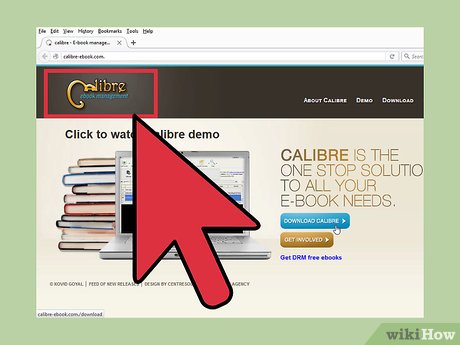
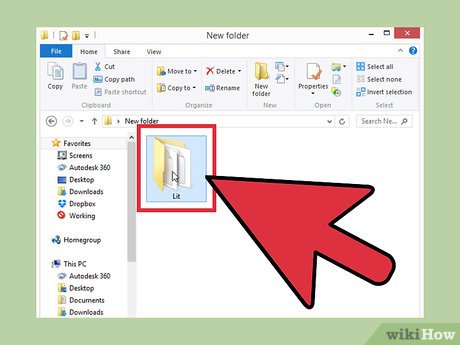
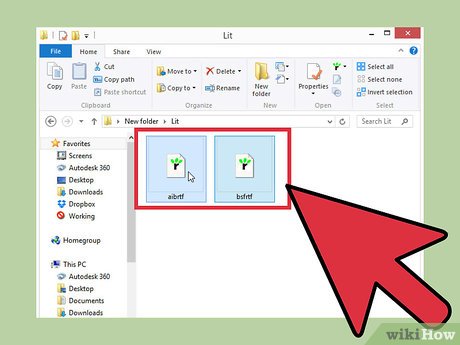
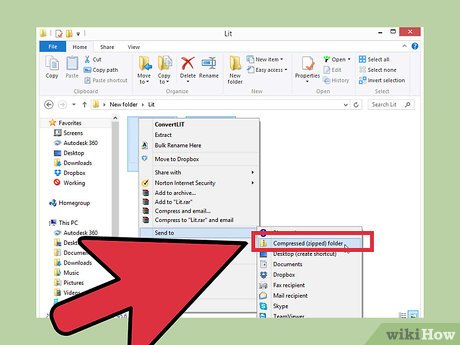
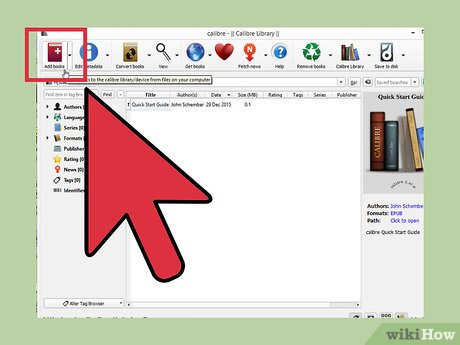
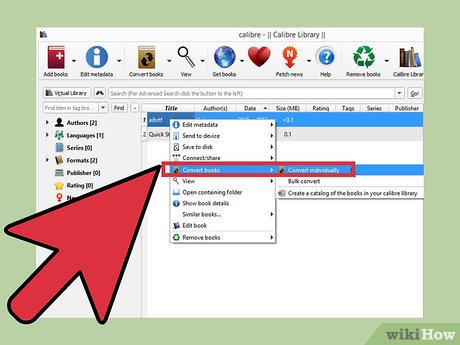
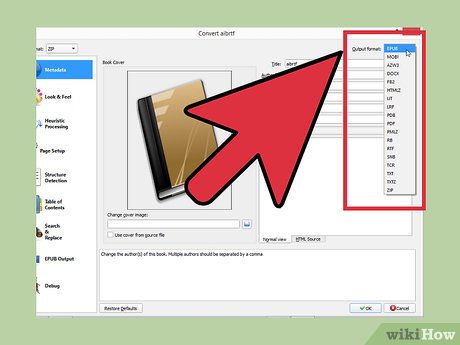
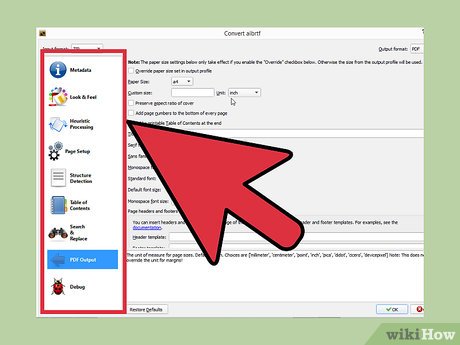
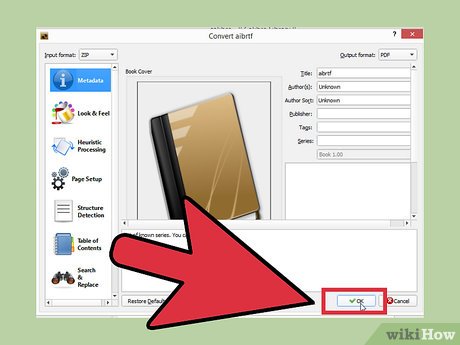










 How to Permanently Remove Files from Your Hard Drive
How to Permanently Remove Files from Your Hard Drive How to Unzip Files on Windows
How to Unzip Files on Windows How to Open an Sql File
How to Open an Sql File How to Edit Text After Scanning
How to Edit Text After Scanning How to Convert DBX to PST
How to Convert DBX to PST How to Create a Flawless Filing System on Your Computer
How to Create a Flawless Filing System on Your Computer